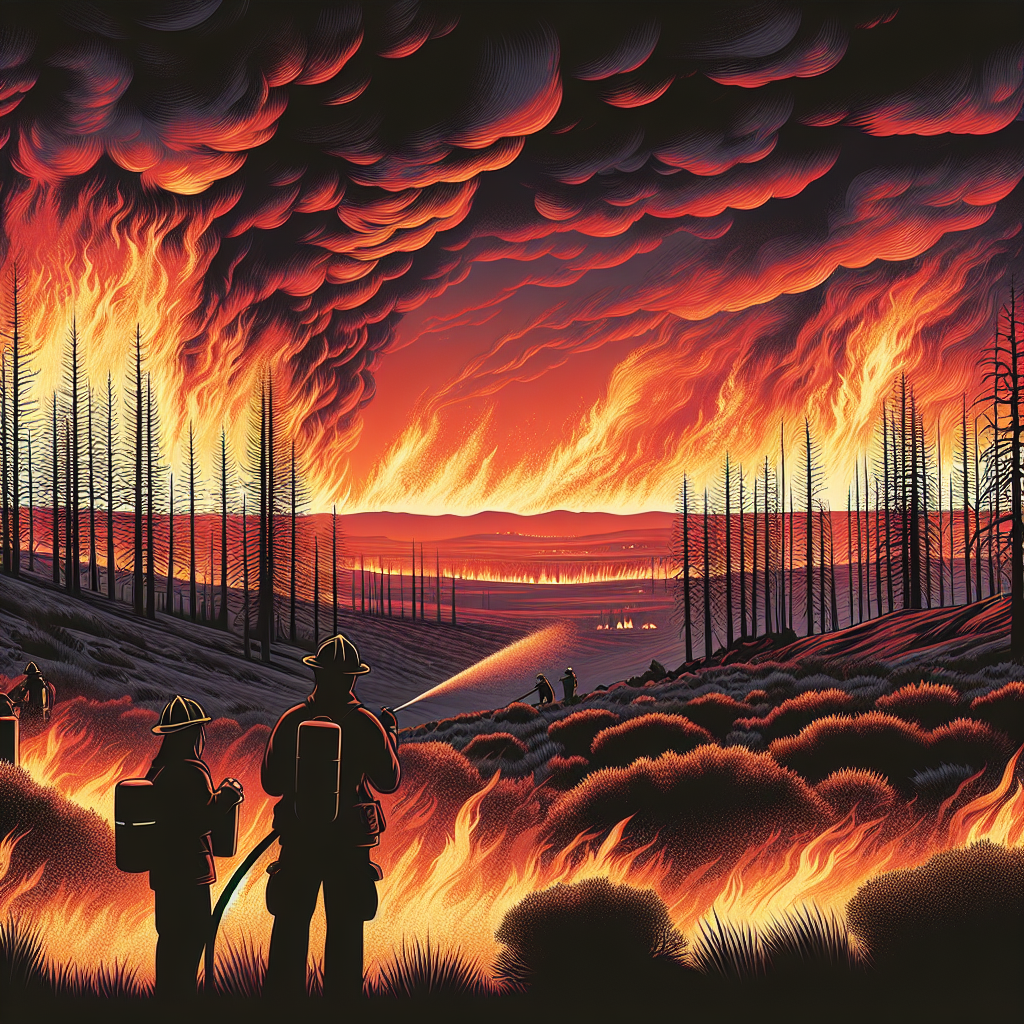Historic Wildfires Ravage South Korea, Claiming Lives and Land
Wildfires in South Korea surged, becoming the nation's largest fire disaster. Over 33,000 hectares burned in Uiseong, setting a new record. The government and military responded with helicopters and aviation fuel. Experts link the fires' severity to climate change, predicting more frequent and deadly future occurrences.

South Korea is grappling with its worst natural fire disaster to date, as wildfires have ravaged over 33,000 hectares of land, doubling in size within a day. The fires, originating in Uiseong County, have claimed at least 26 lives and destroyed historic temples. Authorities declared this the biggest forest fire in the country's history, surpassing the 24,000 hectares burned in March 2000.
Acting President Han Duck-soo described the situation as nationally critical, with numerous casualties resulting from the rapid spread of the flames. In response, the military released aviation fuel to support the firefighting efforts, involving more than 120 helicopters in three regions. South Korea's reliance on aerial firefighting is due to its mountainous terrain, where the fires have been blazing.
Gusty winds and dry conditions have accelerated the spread of the fires, which have nearly reached the coast. Despite forecasts of light rain in the southwest, it is not expected to significantly aid in extinguishing the fires. Climate experts warn that human-caused climate change is exacerbating these conditions, making wildfires more frequent and severe globally.
(With inputs from agencies.)
ALSO READ
Revolutionizing Climate Change: Planetary Technologies' Oceanic Carbon Capture
Supreme Court Ends Youth-Led Climate Change Lawsuit
Supreme Court Puts an End to Youth Climate Change Lawsuit
New Global Body to Oversee Sustainable Aviation Fuel Registry: IATA Launches CADO to Drive Aviation Decarbonization
MoD Signs Defence Contracts for 156 LCH Helicopters and FRA Leasing










